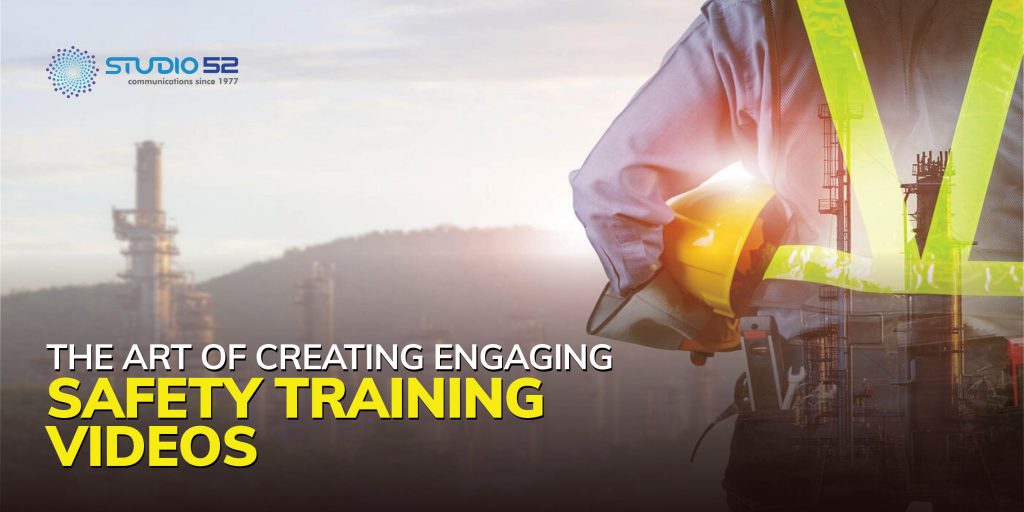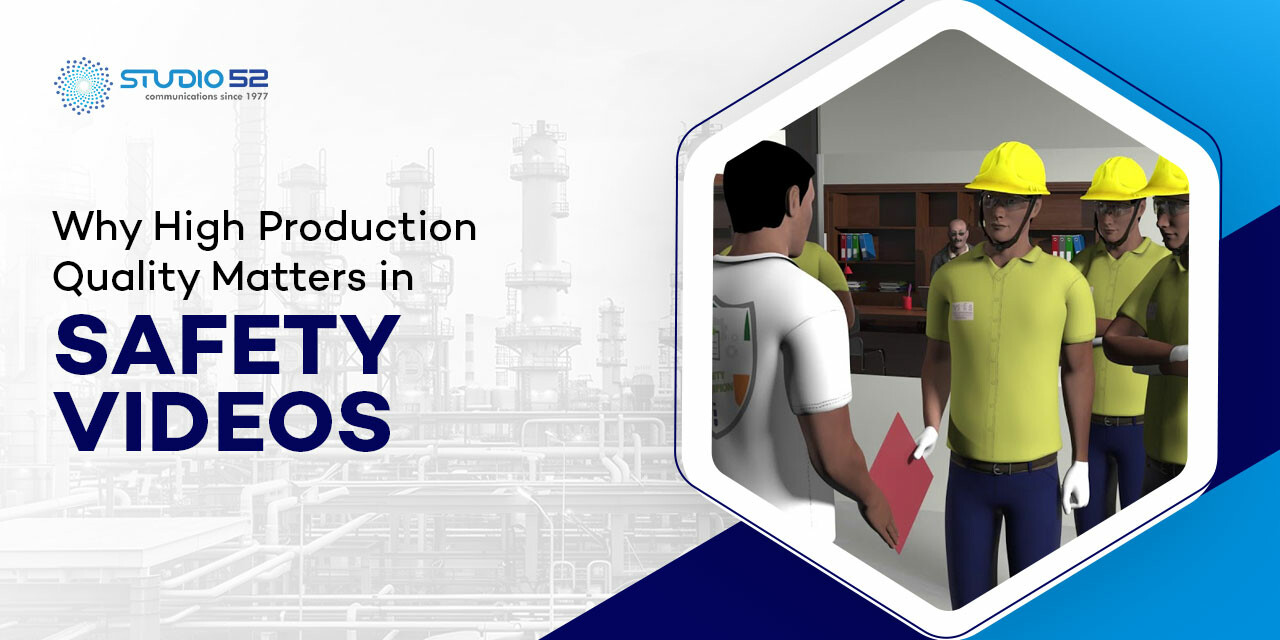Let’s face it: safety training videos are some of the most boring videos you will ever see in your lifetime. If you don’t believe this, just check out the employees’ faces who have to watch these videos as a mandatory feature of their induction or onboarding into a new organisation. “Just kill me” is their regular expression, and they endure this onslaught to please their superiors or supervisors at their job stations. Some of these videos are so insanely outdated that you tend to forget that we live in the age of digital media and production standards, and storytelling techniques nowadays are reaching new levels of excellence.
Engagement is born out of excellence, and safety videos are no different. That excellence extends everywhere, to storyboarding, production techniques, and the quality of equipment.
We will discuss some critical points taken into account while shooting safety videos for organisations, focusing on the current times( and, of course, the pandemic scenario). These videos can successfully connect with a remote workforce and represent the stark reality of our times.
1. Keep safety videos brief
Thank you for the rant that is the brilliant history of your proud organization, but please, please keep your safety videos brief. No one wants to revisit the past there but get to the point straight. Staffers should be able to bridge gaps effectively with these videos and return to their daily jobs. Another brilliant idea is to break it down into a series of videos where topics can go at length, from social distancing norms to washing hands.
2. For hazardous tasks, use animations
You can use animations to re-enact the scene and impart what you want to communicate to your audience in bullet points for hazardous tasks training videos. For Coronavirus safety training videos, this approach is handy as you do not have to jeopardize the health of your staff and workers
3. Personal anecdotes and examples are necessary for your safety videos.
Real-world examples and personal anecdotes help videos become more relatable, the training experiences of employees become unique, and as a result, employees learn from the mistakes of others. For example, you show that your sales manager tripped on an item left on the floor. Immediately, employees can relate to a similar situation and understand that the same thing could even happen to them. These examples highlight compliance breaches and show employees what might happen if they don’t follow them.
4. Optimisation of Safety videos for mobile viewing
It’s not only optimizing videos for an increasingly mobile audience but also including subtitles for employees with special needs or for employees who prefer to train themselves on the go. Employees can watch a demo video while commuting to work in the morning or even waiting for a client meeting. Including subtitles help in localizing content, and as a result, the desired message reaches a broader audience.
5. Before posting safety videos online, host a private viewing party
It’s always prudent to incorporate feedback for a safety video from a selected group of employees in the organization. Hosting a viewing party before going social with the video helps. Points like
- what they thought of the video,
- whether the situation demonstrated in the video is relatable to them,
- whether they suggest any changes in the dialogue and visuals, or if they believe
- adding music or sound effects will make the footage any richer?
After their feedback is duly incorporated and changes worked upon, your safety video is ready to make its L& debut.
6. Video editing software investment for safety videos is a must
Comprehensive video editing software includes an asset library, recording tools, and special effects such as transitions and audio overlays. Such tools allow safety videos a shoestring budget which is often a necessity. One should develop a test process that is A test process to explore whether such videos are user-friendly for your team.
7. Always better to hire a professional video production team
A prudent decision is to hire a professional video production team with the necessary tools, design, skills, and experience.
Producing engaging safety training videos for your workforce is all about understanding their culture, background, and language proficiencies. Companies like Studio 52 are great partner agencies for creating spectacular safety videos. They have an extensive body of high-quality work in this domain.
You can decide to go with them for your Company.
To know more about safety training videos in organizations, please visit https://studio52.tv/video






